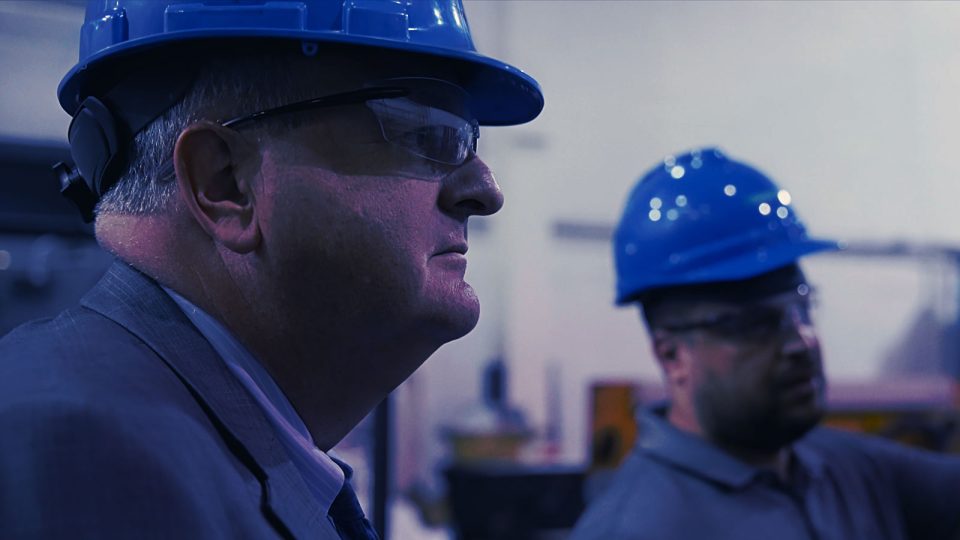HPQ Silicon Inc. (trading (TSX-V: HPQ, OTCQB: HPQFF, FRA: O08) is making significant strides in the development of its proprietary Fumed Silica Reactor (FSR) technology, a process that promises to revolutionize the fumed silica market. The company recently provided an update on its subsidiary, HPQ Silica Polvere Inc. (HSPI), highlighting key enhancements aimed at ensuring high-quality production as it transitions from pilot to commercial scale.
Technology partner PyroGenesis Canada Inc. has been instrumental in this journey, having successfully commissioned the pilot system. Following this, PyroGenesis identified the need for an additional enhancement to improve the reactor’s performance. This enhancement focuses on optimizing the flow of fumed silica from the reactor to downstream recovery equipment, a crucial step that marks a significant improvement over lab-scale operations.
P. Peter Pascali, President and CEO of PyroGenesis, emphasized the importance of these enhancements: “Implementing these changes now is essential for a smooth transition to commercial production later on. By refining our operational processes, we are ensuring that HSPI’s clients can expect high-quality standards, setting the stage for sustainable and efficient production scale-up.”
The enhancements being implemented include an extended refractory conditioning phase. This phase prepares the internal structure of the reactor to handle continuous output of high-quality material. The refractory lining must undergo high-temperature curing before full-scale production begins, which not only conditions but also strengthens the lining against interactions with off-gases.
These foundational improvements are critical for establishing a robust inner surface that can withstand prolonged use under high intensity. Pascali noted that these adjustments demonstrate PyroGenesis’ engineering team’s control over the process and are normal during scale-up phases.
Bernard Tourillon, President & CEO of HPQ Silicon, expressed confidence in the transformative potential of their FSR technology. He stated, “Our objective remains clear: to disrupt the fumed silica market by providing a cost-effective, high-efficiency solution that could redefine industry standards.” The company is actively working towards securing offtake agreements as it prepares to lead a shift in fumed silica manufacturing.
With the extended refractory conditioning phase expected to conclude within two weeks, HSPI will move into batch production. This phase aims to validate the FSR’s ability to consistently replicate essential physical properties such as surface area and rheological characteristics like viscosity and thickening behavior.
Once this milestone is achieved, HSPI will transition to semi-continuous operation with a target of producing at least 200 kg of commercial-grade fumed silica samples for testing and validation. Throughout these phases, produced samples will undergo internal testing and be sent to Evonik for evaluation under a Letter of Intent established earlier this year.
By Q1 2025, HSPI plans to optimize pilot plant operations further to produce food and pharma grade fumed silica with surface areas reaching 300 m²/g. The overarching goal is to operate at full capacity, achieving multiple daily production cycles and delivering commercial-quality materials.
Assuming approximately 20 hours of operation daily, HSPI’s pilot plant is projected to produce around 161 kg per day, equating to an annual output of approximately 50 metric tons (50 TPY). This ambitious plan will position HPQ Silicon as a key player in meeting the growing demand for environmentally friendly fumed silica solutions.

